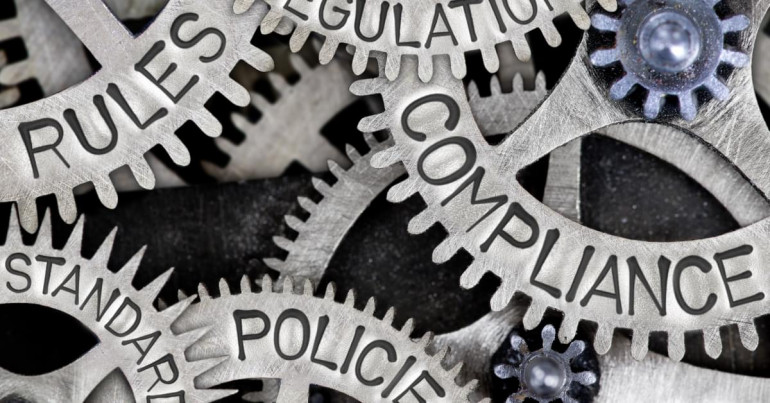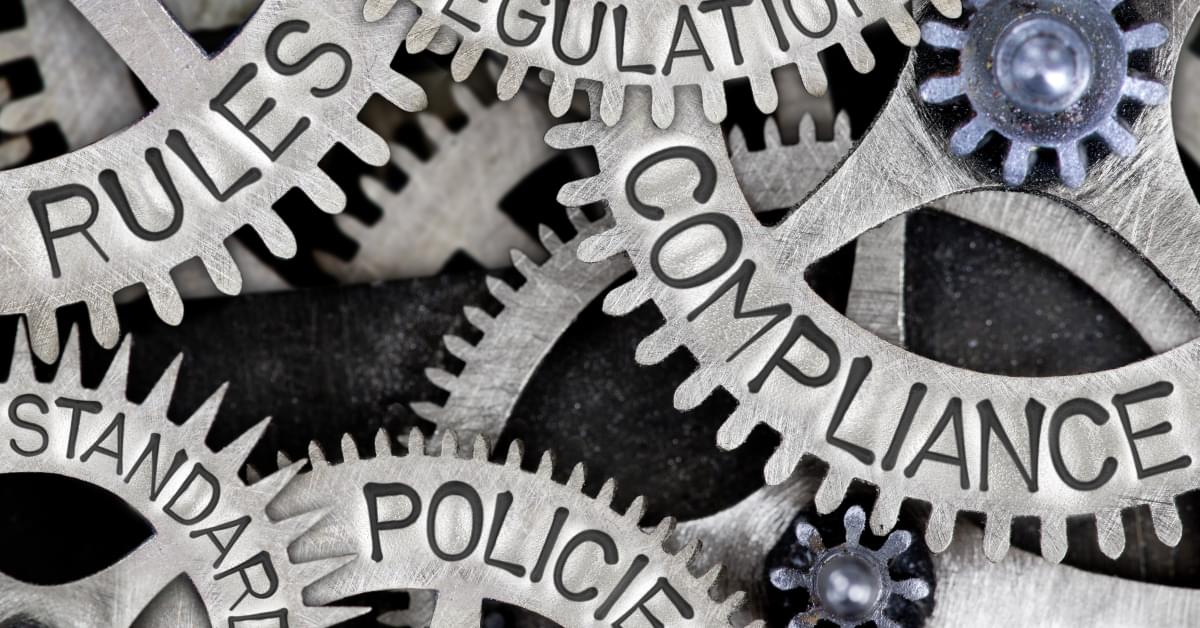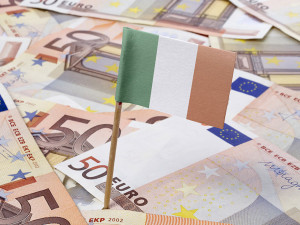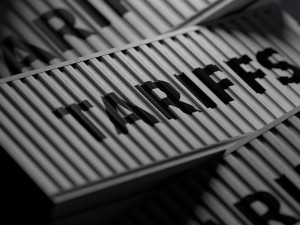
The currency exchange market was a bit of a ‘wild west’ in its early years. Despite increasingly strict foreign exchange laws and the oversight of several regulatory bodies, scam brokers stole millions of dollars. There are still many legal loopholes and grey areas that predatory FX brokers and scam traders use to separate customers from their money.
Below we’ve explained how to identify illegal practices so you can distinguish legitimate businesses from scams and less trustworthy brokers.

How unregulated online brokers steal money
Despite advances in consumer protection and government oversight, there remain many legal loopholes and grey areas that unscrupulous brokers exploit to take money from the unaware. Some of these practices are not illegal per se– unless taken to extremes – but may be a sign that a broker is untrustworthy regardless
Excessive slippage
Slippage is when a broker executes a trade at a different price than the one agreed. Slippage only occurs naturally when dealing through Straight Through Processing (STP) brokers who connect clients directly to liquidity providers such as banks.
However, it is illegal for brokers to steal profits from your trades and blame the loss on slippage. Always know how the market is trending so you can verify claims made by your broker.
Requotes
Requotes occur when a broker offers a new, less profitable quote in the middle of a transaction.
Scam brokers may try to hide substantial requotes from users among the usual confirmation messages seen when approving trades online.
Other websites may purposefully delay a trade to let values shift even more between the time you click ‘OK’ and the time the transaction is processed.
Churning
Unlike previous mentions which exist in a legal grey area, the practice of placing trades for a purpose other than the benefit of a client, also known as ‘churning,’ is illegal.
Brokers who earn a commission for every trade may book deals with the sole purpose to increase the commissions earned. Excessive buying and selling of assets that do little to meet the client’s investment objectives may be evidence of churning.
What you need to look out for
Most scam brokers advertise themselves via social media, looking for naive targets among an impressionable audience.
If you don’t have the time to analyse every trade made by your broker, or want to avoid encountering an untrustworthy FX broker in the first place, here are some red flags to look out for when selecting a trading partner.
The broker uses misleading statements and false advertising
If it sounds too good to be true, it is. Currency markets are infamously volatile, and any promise of fast profits or guaranteed returns is certainly false. No legitimate broker will ever make such claims. It is an unmissable sign of a forex scam or predatory FX broker.
The broker advertises false regulatory certifications
Most scam brokers will display false information and certifications. Always double-check with official sources before committing to business with a forex broker.
Every currency regulator in the world has a website through which you can see a list of regulated brokers.
Forex brokers operating from major hubs such as the US or UK are generally more trustworthy. Brokers in emerging economies can also be trustworthy, but we advise exercising more caution in these cases.
Here is a list of some foreign exchange regulatory bodies.
- United States – Commodities and Futures Trading Commission (CFTC)
- United Kingdom – Financial Conduct Authority (FCA)
- Australia – Australian Securities & Investment Commission (ASIC)
- Hong Kong – Securities and Futures Commission (SFC)
- Singapore – Monetary Authority of Singapore (MAS)
- Japan – Financial Services Agency (FSA)
- Canada – Investment Industry Regulatory Organisation of Canada (IIROC)
- Switzerland – Swiss Financial Market Supervisory Authority (FINMA)
- New Zealand – Financial Markets Authority (FMA)

How regulated FX brokers make money
Here’s a breakdown of the legal ways FX brokers can make money:
Mid-market rates vs client rates
The mid-market rate (also called middle rate or interbank) refers to the midpoint between the buy and sell prices of two currencies.
The client rate is what is quoted by the broker to book the deal and will include a margin for profit. Sometimes, brokers hide the real mid-market rate to avoid comparison. Be sure to pick a broker who is fully transparent.
These margins might range from as low as 0.01% to as high as 10%. The range offered depends on several factors:
- The amount of the trade
- The rates set by major liquidity providers such as banks
- The volatility caused by economic or political situations
- The currency inflation
Transfer fees
Brokers may charge a fee every time they initiate a trade, or they may charge a fraction of the total value of any trade.
Sometimes, you can also be charged fees unrelated to your trades and transactions. These can differ significantly from broker to broker and are most often charged in exchange for optional extras, like risk management tools, trading journals and automated trading tools.
Finally, credit card providers may charge a transaction fee whenever you transfer funds to a trading account.
Why CurrencyTransfer is safe
At CurrencyTransfer, we pride ourselves on transparency, security and reliability.
We do not charge any commission or hidden fees. We display live bookable deals on our platform, including the mid-market rate which is provided for a 100% price transparency with our service.
To ensure the security of our clients’ transactions, we use a network of carefully selected FCA authorised payment partners.
Sign up today, and we’ll allocate a payment specialist to your account to help you formulate the best financial strategy to suit your needs.
Matthew Swaile
Copywriter
Florence Couëdel
Editor



